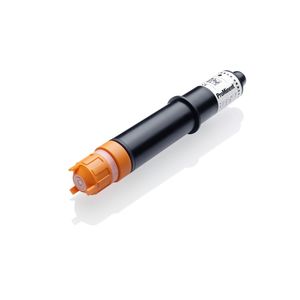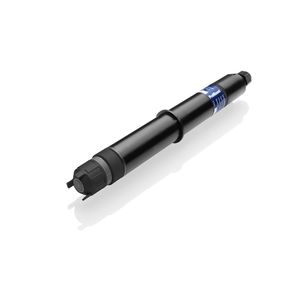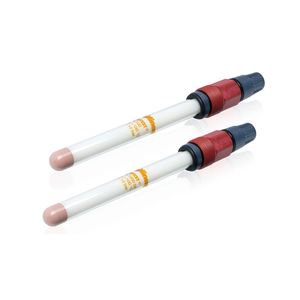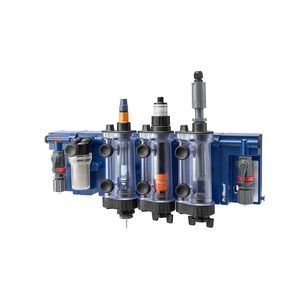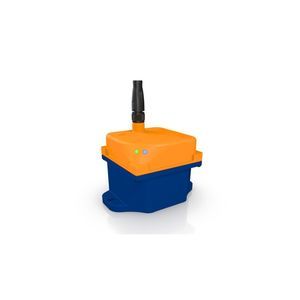
Fluoride electrochemical sensor DULCOTEST

Add to favorites
Compare this product
Characteristics
- Measured value
- fluoride
Description
Accurate measurement of fluoride with DULCOTEST® sensors in the monitoring of potable water and waste water, suitable for pH values up to 9.5.
Reliable online measurement of fluoride – with DULCOTEST® sensors
In some countries fluoride is monitored when added to potable water, but also generally during the treatment of industrial waste water, e.g. in the semiconductor industry and electroplating.
Our product line of DULCOTEST® fluoride sensors provides two types of sensor, optimised for these applications.
The sensor consists of a fluoride transducer, the connectable transducer of a reference electrode and a separate temperature measuring unit. The sensor is based on the potentiometric measuring principle with the help of an ion-selective electrode (ISE) and a reference electrode.
The measuring point is available fully mounted on our measuring and control system DULCOTROL® with the sensor fitting and controller DULCOMETER® diaLog DACb.
Your benefits
Precise, real-time potentiometric measurement for efficient process control (short response time)
Can be used up to a pH of 9.5
Selective LaF3 crystal eliminates faults caused by cross sensitivities
Rapid external temperature compensation eliminates faults caused by influence of temperature
Potentiometric principle prevents faults caused by flow changes
Potentiometric measuring principle enables quick commissioning
Exhibitions
Meet this supplier at the following exhibition(s):

Related Searches
- Electrochemical electrode
- PH sensor
- Conductivity sensor
- Photometer
- Nephelometer
- Dissolved oxygen sensor (DO)
- ORP electrochemical electrode
- Portable photometer
- Prominent electrochemical sensor
- Water analysis photometer
- Measuring electrochemical electrode
- Chlorine electrochemical sensor
- Filter photometer
- Portable pH sensor
- Multi-parameter water analysis controller
- Compact turbidity meter
- Chlorine dioxide electrochemical sensor
- Ozone electrochemical sensor
- Hydrogen peroxide electrochemical sensor
- Peracetic acid electrochemical sensor
*Prices are pre-tax. They exclude delivery charges and customs duties and do not include additional charges for installation or activation options. Prices are indicative only and may vary by country, with changes to the cost of raw materials and exchange rates.








